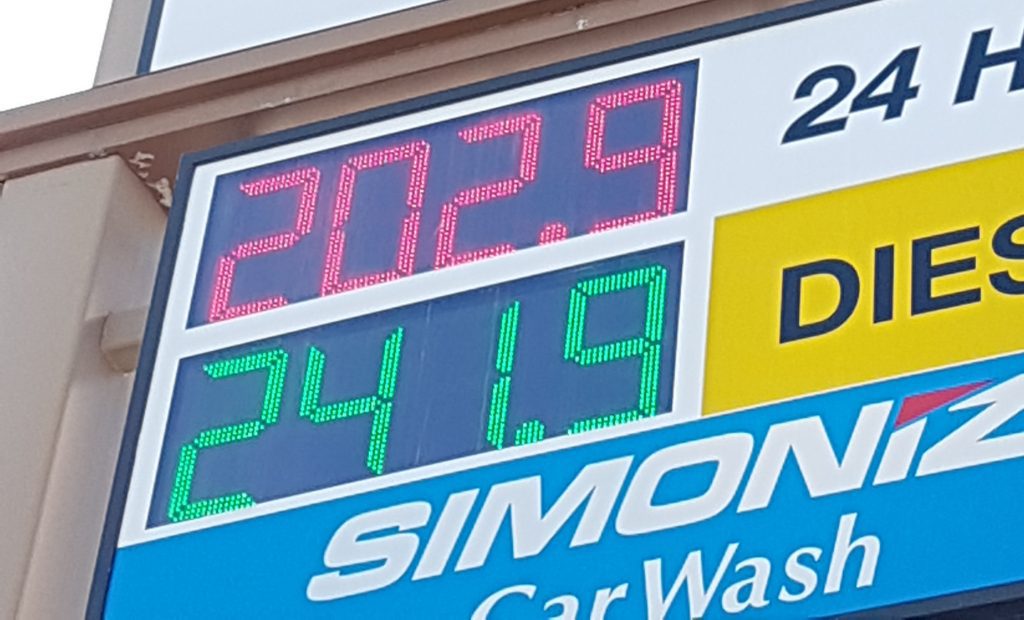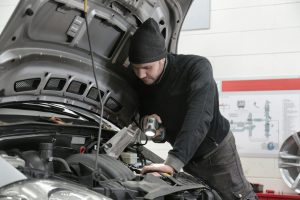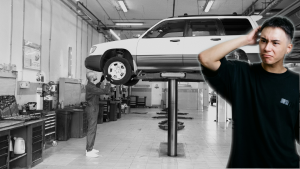In the first of this two-part series, we will suggest three changes you can make to your driving habits that will cut down on the amount of gas you burn.
1. Reduce city driving
Our first fuel-saving tip is to do a sanity check before hopping into the car for local errands: Can you walk? Ride a bicycle/scooter/motorcycle? Use public transit? Fuel savings from leaving your car at home: 100%.
When your vehicle is parked, it doesn’t use any fuel. When it’s in motion, like on the highway, it does use fuel; but not as much as when you are driving in the city. When driving in the city, we stop and start a lot. It is the in-between stage, when your car is getting it up to normal driving speed, that the engine needs more power—which requires more gas. Consequently, fuel consumption increases when driving in town because of all the stops/starts required—all the times you need to bring it up to speed.
2. Avoid heavy acceleration
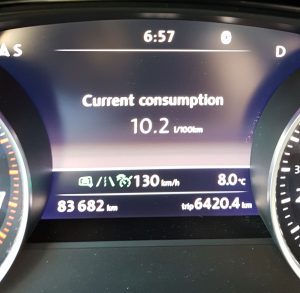
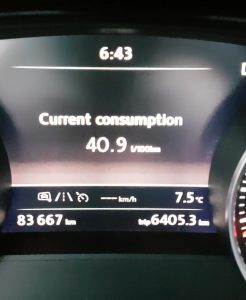
While we are on the subject of starts, working on your start-off technique can have a significant impact on fuel consumption. Have a look at the two images at the left: The one at the top is “Ahney”, our 2017 Touareg’s fuel consumption while driving at a constant speed—10.2 l/100km; the bottom image is the fuel consumption under heavy acceleration from a standstill—40.9 l/100km. Yep; that’s a 400% increase.
Assuming $2.00 for a litre of gas, this means I am paying $0.20 to travel 1km when cruising, and $0.82 when starting off under heavy acceleration. Now, nobody keeps the pedal down for 1km; but, for city driving we are constantly stopping an starting. Driving to my nearest Costco and back, I stop/start no less than 28 times. That’s just one trip. Now, add up how many stops/starts you make when out on errands, and watch the pennies add up.
The lesson here is simple: Easy on the gas when starting off; take your time getting up to speed.
3. Minimize idling
Idling is another fuel waster. Ahney’s engine consumes 1.8 litres of fuel every hour that it idles (0.03 litres every minute). At $2.00/l, that’s $0.06 per minute / $0.001 per second) of idling. That’s nothing, right?
The catch is in the amount of idling you do without realizing it. For that same return trip to Costco, Ahney’s engine idles for, on average, 40 seconds at each stop when you factor in all the traffic lights I idle at and traffic stoppages between the lights.
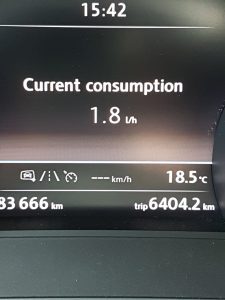
Let’s add it up: 28 stops at 40 seconds each and $0.001 per second = $1.12. This may be on the low side because I live in the suburbs where traffic continues to flow. If you find yourself in gridlocked traffic or inching along a main artery, this number will grow quickly.
Planning your trips can help here. If you are able, schedule trips when traffic congestion is lower (and traffic lights remain green longer). Alternatively, use an app, such as Waze, that can adjust your route based on traffic conditions.
Next time: 6 Things You Can Do to Your Car or Motorcycle to Save Fuel

